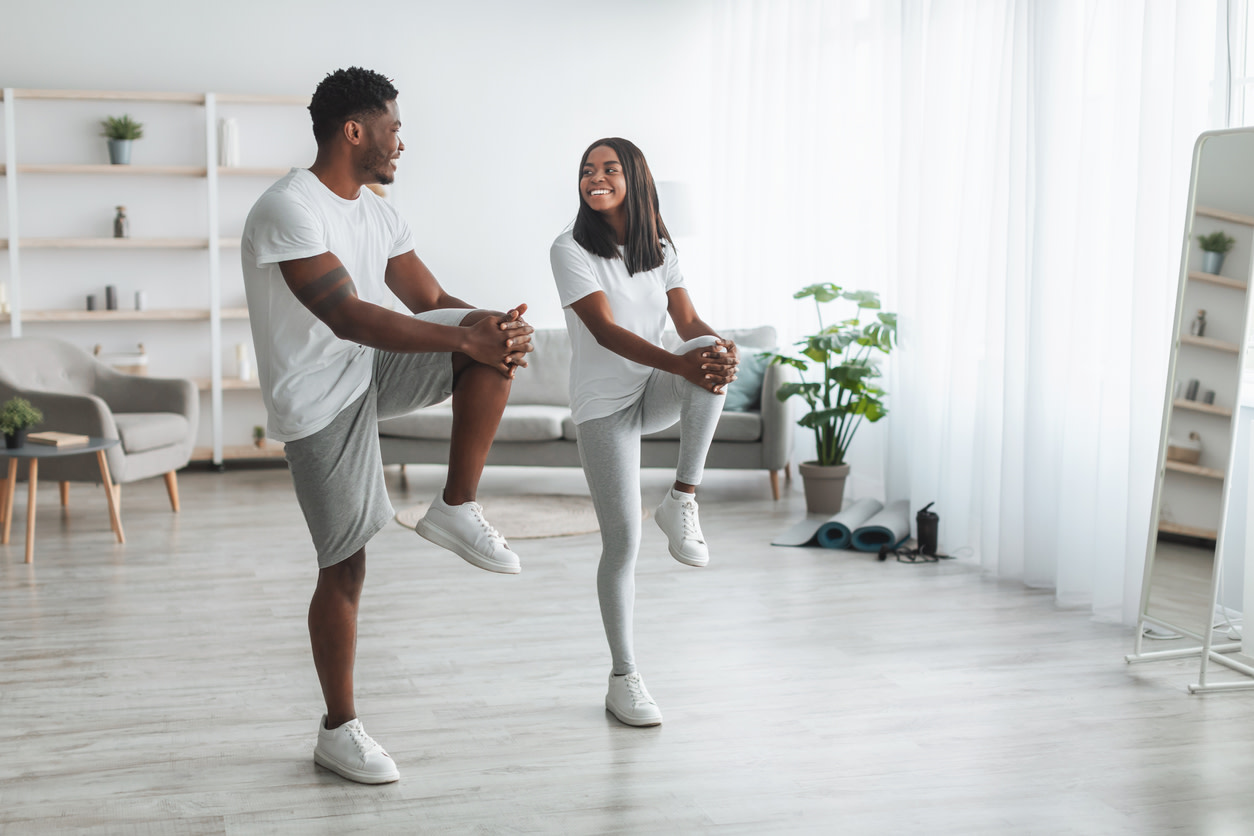7 Knee Mobility Exercises Recommended by Physical Therapists
Learn about the importance of knee mobility exercises and discover the moves recommended by physical therapists.
$0 costo para usted
Última actualización: Sep 1, 2025
El índice
Fully covered knee pain relief
Find relief from knee pain, knee locking, stiff knees, & more.
Check if I'm eligible